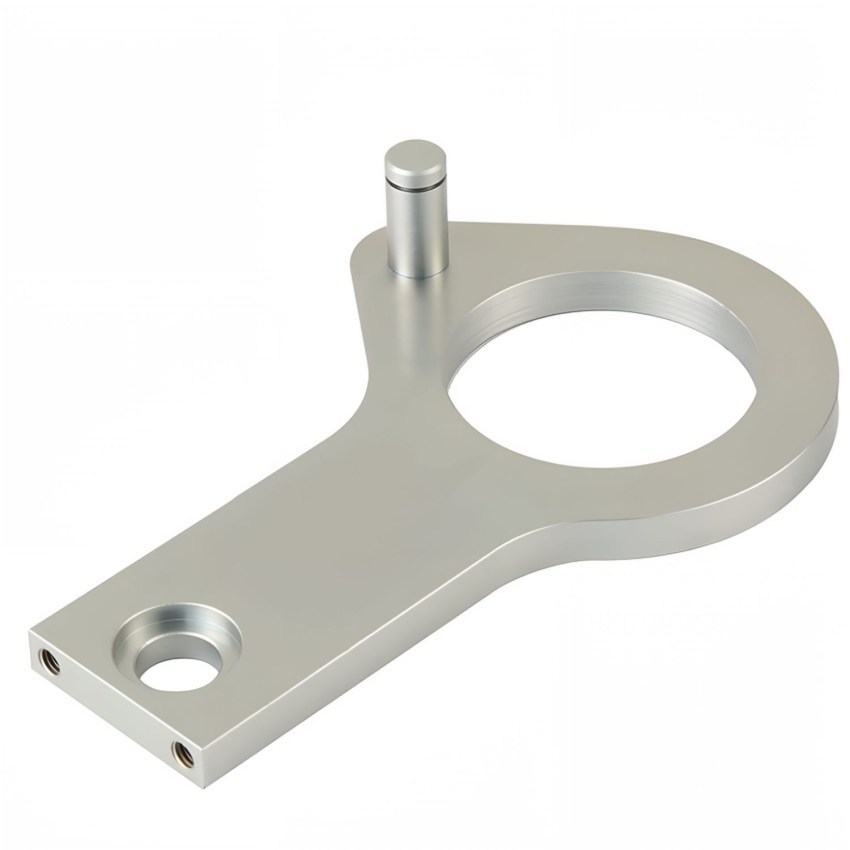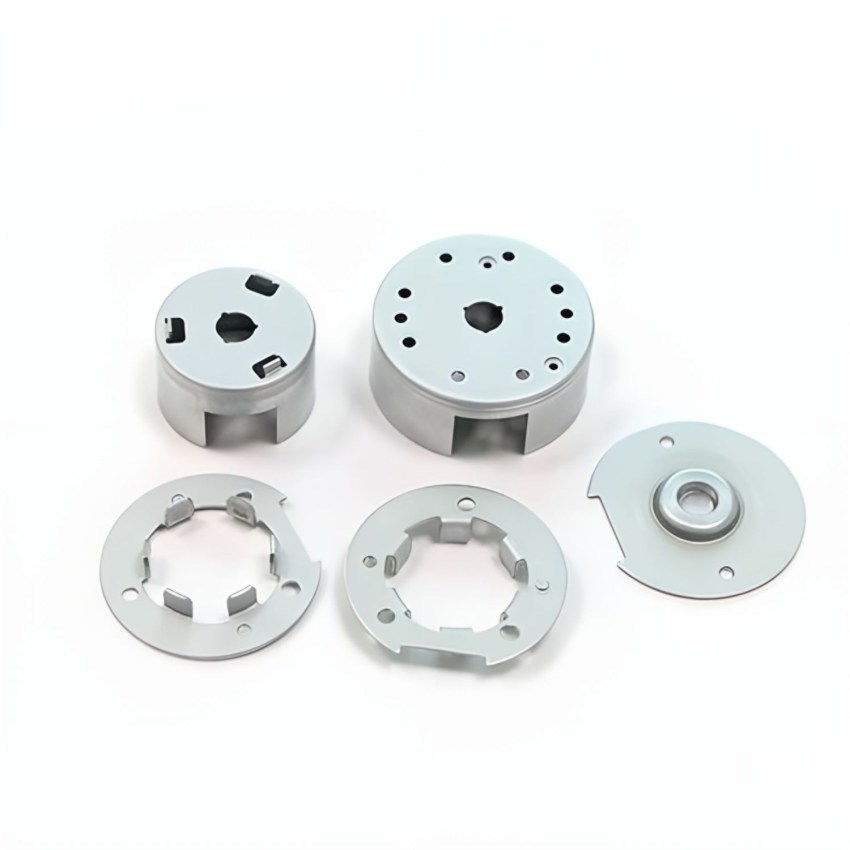Understanding Sheet Metal Processing: Techniques and Applications in Manufacturing
Release time:
2025-04-05
Sheet metal processing is a vital component of the manufacturing sector, particularly in mechanical and hardware fabrication. This versatile technique involves transforming flat sheets of metal into desired shapes and forms through various methods. Understanding the intricacies of sheet metal processing can enhance operational efficiency and product quality in any manufacturing environment. The pr

Sheet metal processing is a vital component of the manufacturing sector, particularly in mechanical and hardware fabrication. This versatile technique involves transforming flat sheets of metal into desired shapes and forms through various methods. Understanding the intricacies of sheet metal processing can enhance operational efficiency and product quality in any manufacturing environment.
The primary processes involved in sheet metal processing include cutting, bending, and forming. Each method serves a specific purpose and utilizes different tools and technology.
Cutting is one of the most commonly employed techniques in sheet metal processing. This can be accomplished through various methods, including laser cutting, plasma cutting, and shearing. Laser cutting, for instance, offers precision and versatility, allowing complex shapes to be created with minimal waste. Plasma cutting, on the other hand, is effective for thicker materials and is often used in heavy-duty applications. Shearing, a more straightforward method, is typically used for straight cuts and is efficient for bulk production.
Bending is another crucial aspect of sheet metal processing. This method involves deforming the metal sheet into specified angles or shapes. It is commonly performed using press brakes or bending machines, which apply force to the metal to achieve the desired contour. Understanding the material properties and the bending radius is essential for producing high-quality bends without compromising the integrity of the metal.
Forming techniques, such as stamping and deep drawing, are also integral to sheet metal processing. Stamping involves pressing a die into the metal sheet to create a specific pattern or shape, while deep drawing is used to produce hollow shapes, like cans or enclosures, from flat sheets. These processes require a deep understanding of material behavior to ensure successful outcomes.
In addition to these methods, advancements in technology have introduced computer numerical control (CNC) machines into sheet metal processing. CNC technology enhances precision and repeatability, allowing manufacturers to produce components with tight tolerances consistently. This innovation has revolutionized the industry, enabling quicker turnaround times and reduced labor costs.
Moreover, sheet metal processing is not limited to one type of material. While steel is the most commonly used metal, other materials such as aluminum and copper are also prevalent due to their unique properties. Each material demands specific processing techniques and considerations, making it crucial for manufacturers to select the right metal for their projects.
In conclusion, sheet metal processing is a dynamic and essential aspect of the manufacturing industry. By mastering the various techniques and understanding the properties of different materials, manufacturers can optimize their processes and produce high-quality metal components efficiently. Embracing modern technologies further enhances these capabilities, propelling the industry forward into a future of innovation and excellence.
The primary processes involved in sheet metal processing include cutting, bending, and forming. Each method serves a specific purpose and utilizes different tools and technology.
Cutting is one of the most commonly employed techniques in sheet metal processing. This can be accomplished through various methods, including laser cutting, plasma cutting, and shearing. Laser cutting, for instance, offers precision and versatility, allowing complex shapes to be created with minimal waste. Plasma cutting, on the other hand, is effective for thicker materials and is often used in heavy-duty applications. Shearing, a more straightforward method, is typically used for straight cuts and is efficient for bulk production.
Bending is another crucial aspect of sheet metal processing. This method involves deforming the metal sheet into specified angles or shapes. It is commonly performed using press brakes or bending machines, which apply force to the metal to achieve the desired contour. Understanding the material properties and the bending radius is essential for producing high-quality bends without compromising the integrity of the metal.
Forming techniques, such as stamping and deep drawing, are also integral to sheet metal processing. Stamping involves pressing a die into the metal sheet to create a specific pattern or shape, while deep drawing is used to produce hollow shapes, like cans or enclosures, from flat sheets. These processes require a deep understanding of material behavior to ensure successful outcomes.
In addition to these methods, advancements in technology have introduced computer numerical control (CNC) machines into sheet metal processing. CNC technology enhances precision and repeatability, allowing manufacturers to produce components with tight tolerances consistently. This innovation has revolutionized the industry, enabling quicker turnaround times and reduced labor costs.
Moreover, sheet metal processing is not limited to one type of material. While steel is the most commonly used metal, other materials such as aluminum and copper are also prevalent due to their unique properties. Each material demands specific processing techniques and considerations, making it crucial for manufacturers to select the right metal for their projects.
In conclusion, sheet metal processing is a dynamic and essential aspect of the manufacturing industry. By mastering the various techniques and understanding the properties of different materials, manufacturers can optimize their processes and produce high-quality metal components efficiently. Embracing modern technologies further enhances these capabilities, propelling the industry forward into a future of innovation and excellence.
Key words:




